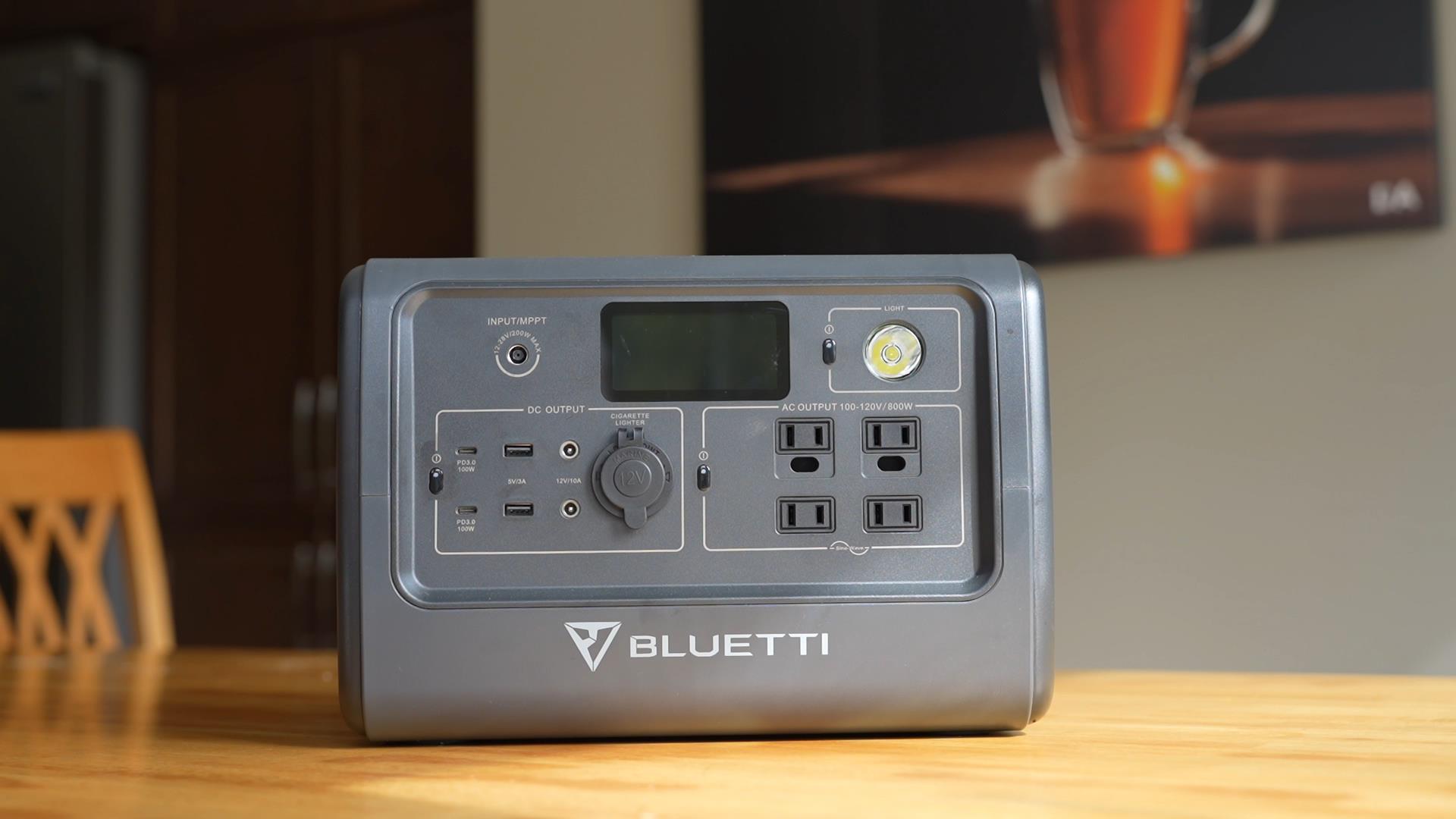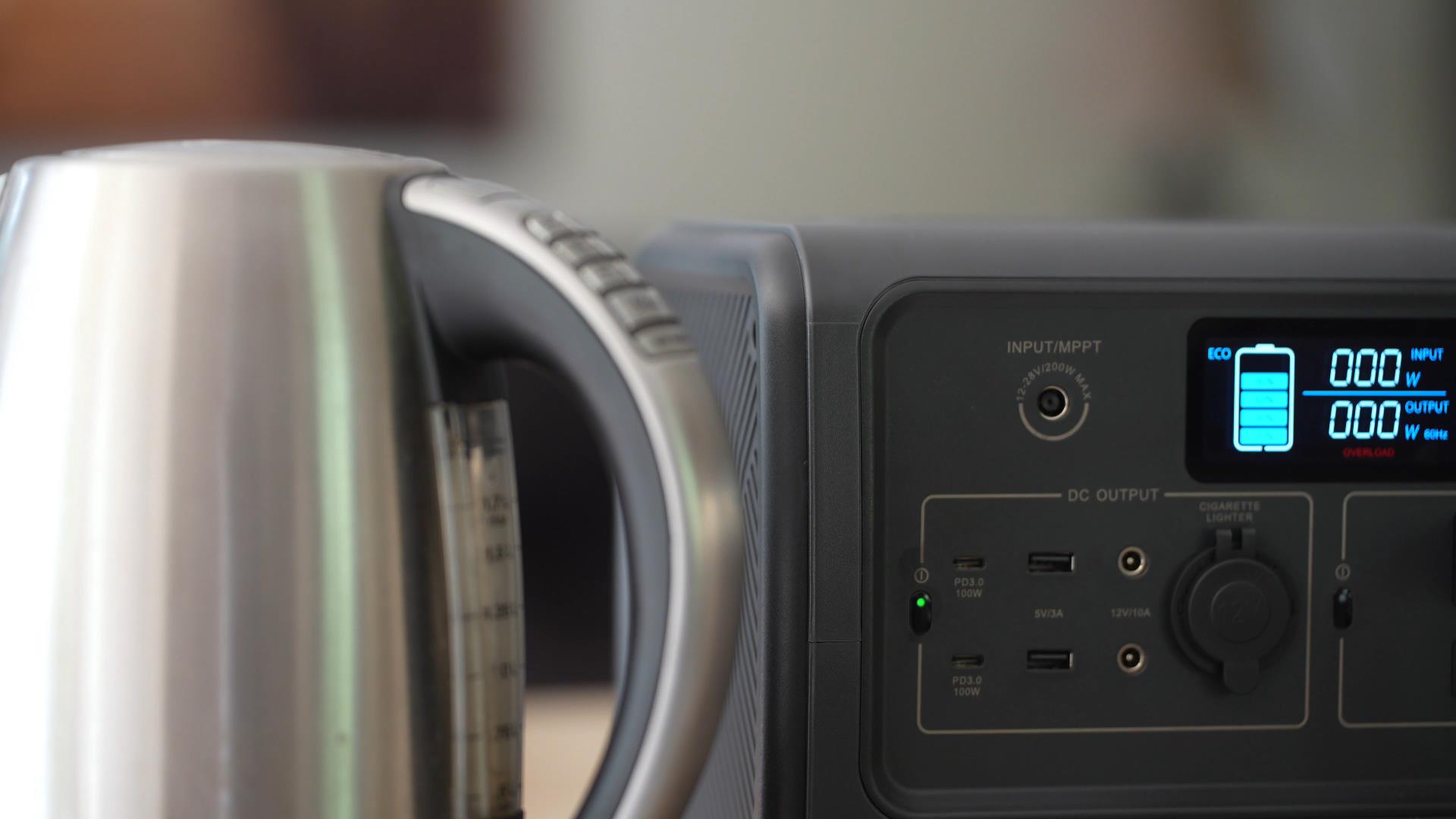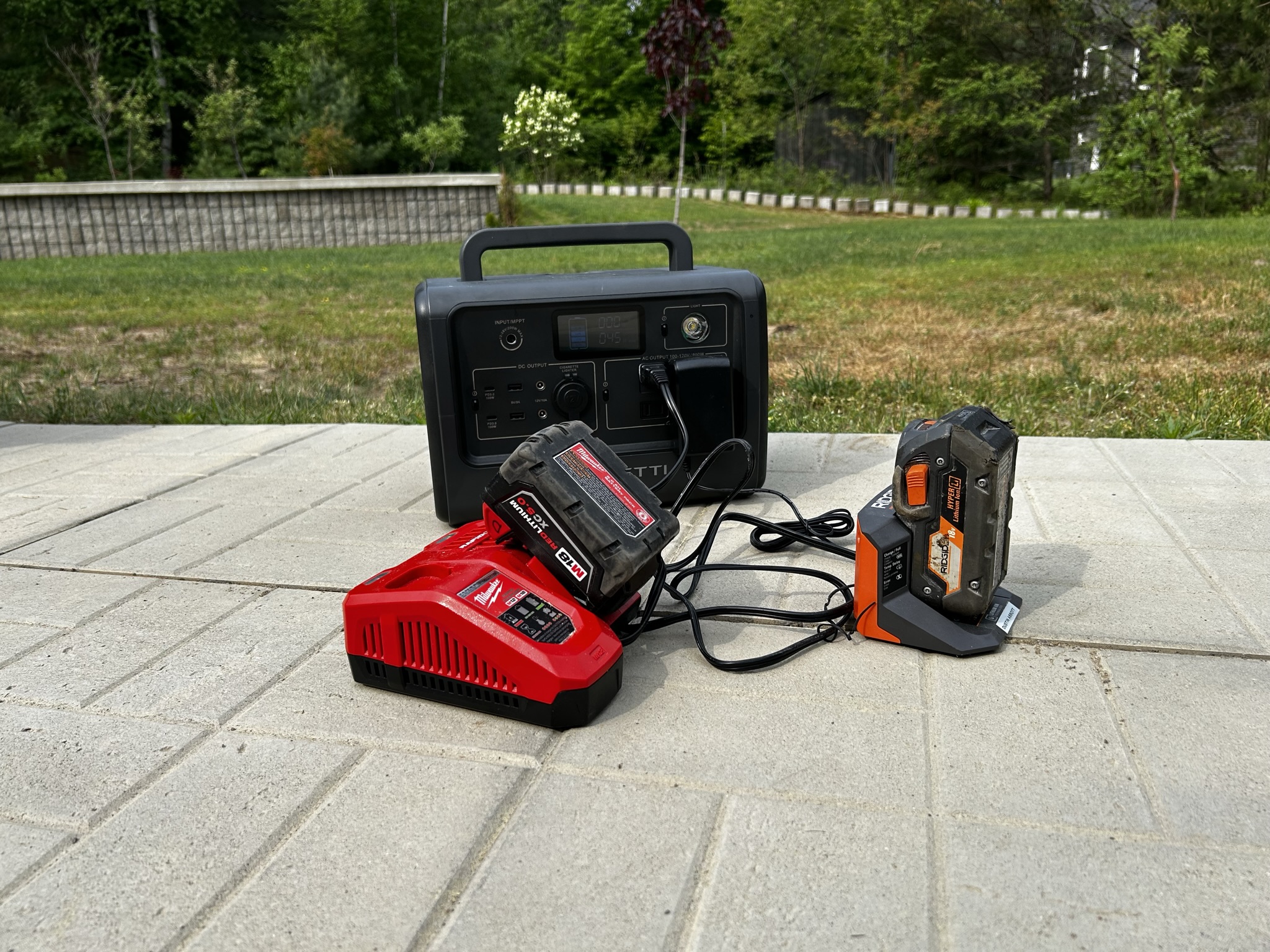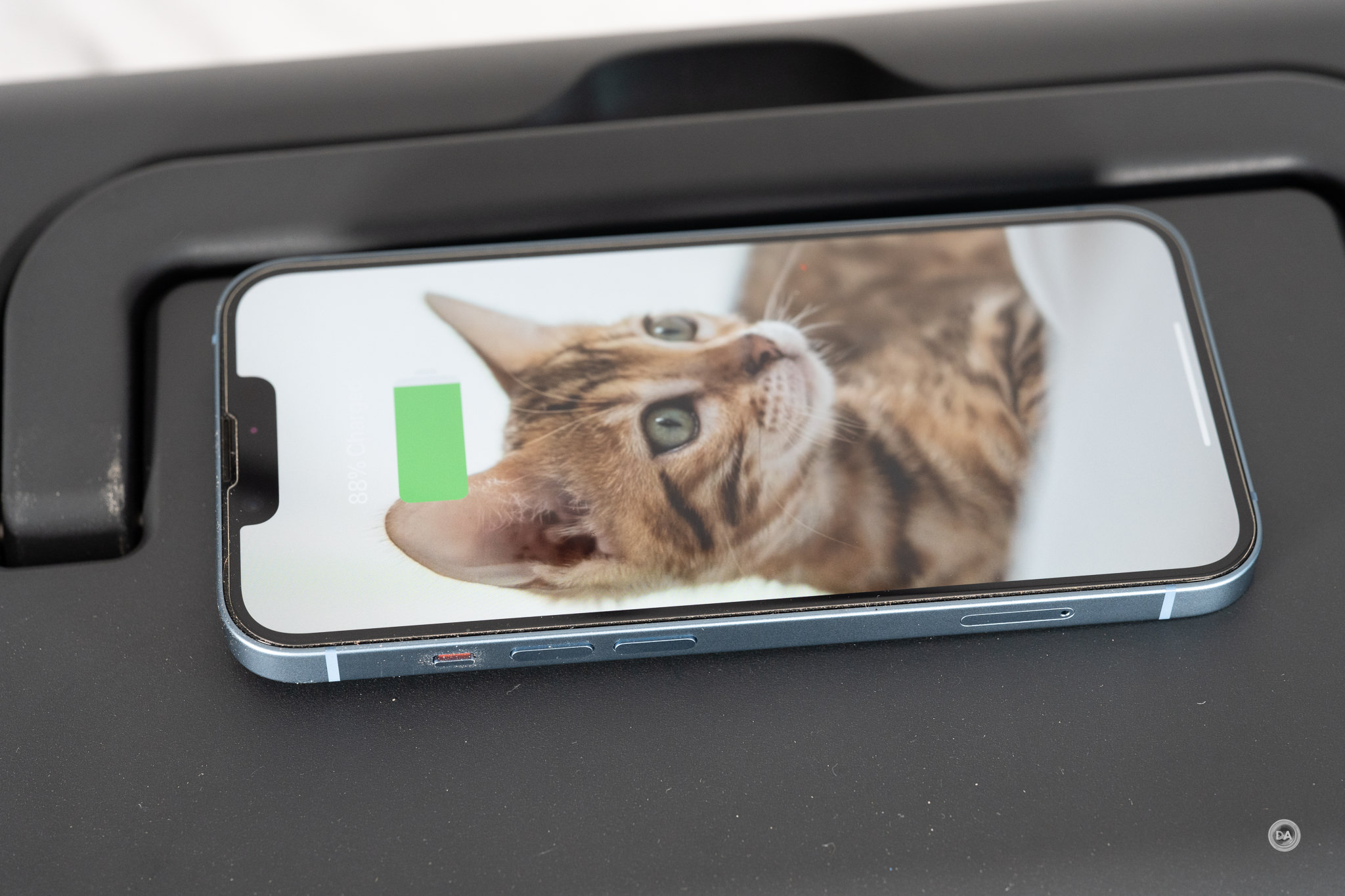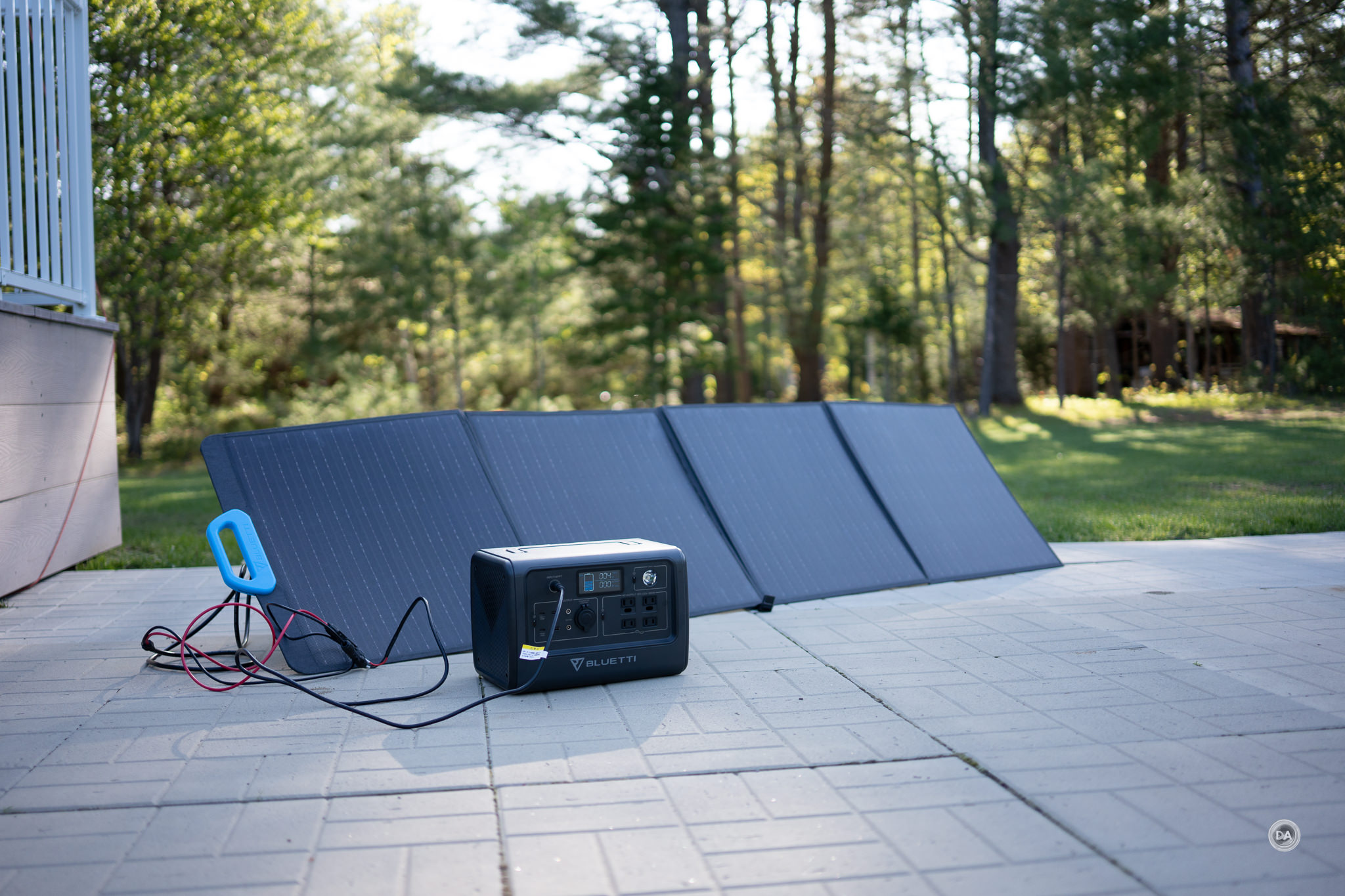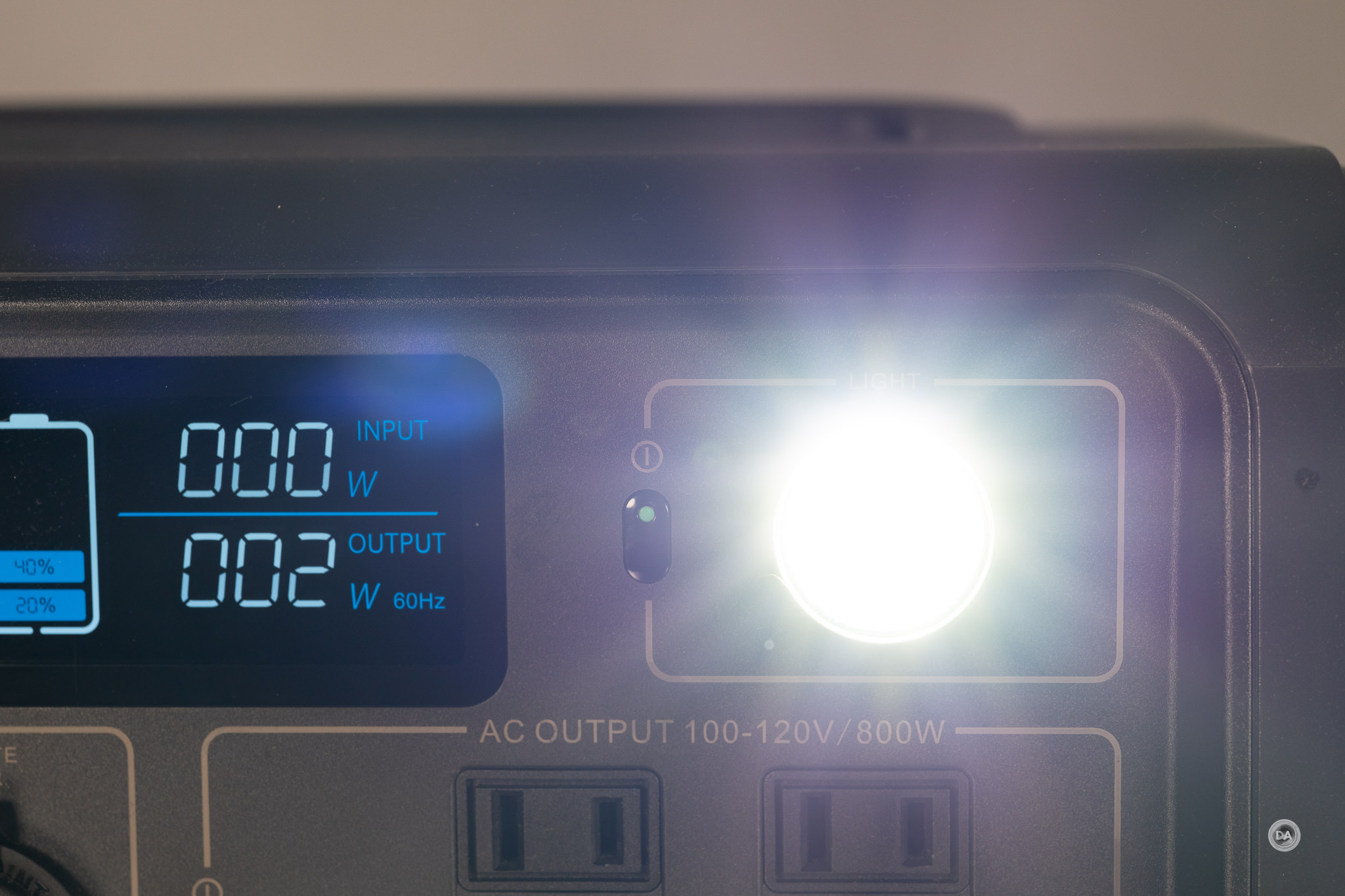I’ve seen a rapid rise in the popularity of portable power stations like the BLUETTI EB70S. It seems everywhere you look on Facebook or Instagram, some new company is offering one. The demand for portable power solutions has grown in recent years as people want to to camp, overland, or just have a reliable power backup in case of emergency, but don’t want the hassles that come with a gas powered generator. There are plenty of people that want to transition away from fossil fuels altogether. Modern campers and overlanders want to get “away from it all”, but they often want to bring along their phones, computers, or tablets…all things that need to be recharged.
The solution?
They need a portable power solution that is built around a battery and can be recharged itself through a variety of means – in particular, by solar when off-grid. While many of these portable power stations have roughly similar features, they all don’t have the same price point. BLUETTI steps into that gap as one of the major manufacturers of battery-based backups and solar, but one that provides very strong value for money. The BLUETTI EB70S is one of the strongest values in the market at under $700 CDN.
The heart of the EB70S is a 716Wh capacity battery that is rated for 2500+ recharge cycles. I’ve reviewed power stations only rated up to 500+ recharge cycles, so the BLUETTI EB70S stands out as a unit you can use for years without a serious degradation of performance.
The EB70S has a rated output of 800w (Pure Sine-Wave power), though it will provide up to 1400W of surge power for devices that draw more current as they start up. I’ve found that this really helps expand the kinds of devices that can be powered from it, including, for example, my high powered blender. I was also able to run my travel tea kettle even though it consistently draws about 800W.
One thing that stood out to me about the EB70S relative to some other units that I’ve tested has been the intelligent power management. Put simply, the EB70S seems very “plugged in” (pardon the pun) to what is being connected to it and how safe it is to run it. It communicates that via the bright LCD panel on the front of the unit. For example, the first time that I tried to run my blender, I got an error message that showed a short and it did not attempt to power the blender. I was curious why, so I unplugged the blender and found that the plug itself was wet. After drying the plug the EB70S power the blender without issue. I ended up being impressed with the smart power management rather than being annoyed, because the sensors on the unit had avoided a potentially dangerous situation. The EB70S ran my 800w portable tea kettle without complaint, but when I attempted to hook up my large kettle (rated at 1500w of draw), the EB70S did not attempt to power it but instead gave me a “overload” message on the LCD screen. I’ve done tests of other units that attempted to power the kettle and had to shut down mid-cycle. There’s less risk of damage to the unit or the batteries when there are smart sensors like this.
I often do video spots on locations as a photographer and gear reviewer, so I’ll frequently use the EB70S to run lighting off grid. I can get hours of lighting even with high-draw spotlights because of the large battery capacity of the EB70S.
I’ve done a lot of construction work over the past few years, and have transitioned almost exclusively to battery powered tool. I regularly use the EB70S to charge the batteries for my power tools, as often I’ll work on a jobsite where power is not available or there are just a few work outlets that quickly get tied up. Even when at home, however, I have my chargers for my batteries attached to the EB70S as I like the idea of charging them “for free” since I almost exclusively recharge the power station from the BLUETTI PV200S 200W solar panel. My AC adapter for the EB70S is collecting dust as I try only to charge the unit via solar.
One of the main applications for a power station like this is those who enjoy camping or overlanding but need to continue to power certain necessities like a CPAP to help them sleep. There’s enough power here to run a CPAP for multiple nights, and, of course, if you have a solar panel, you can ensure you always have some power in reserve.
The EB70S has a wide variety of ports to power devices from. There are four 120V/20A AC Outlets – two of which have the third ground plug for more heavy duty devices. It also has 2 x USB-C ports (rate up to 100W of power delivery, which is higher than some competitors who limit their PD at 60W), 2 other USB-C ports are rated for (5V/3A output). There are also some DC options, including a 12V/10A DC car and two 12V/10A DC5521 ports. A 15w wireless charging pad on top of the unit allows for inductive charging of your phone or tablet.
One of my frustrations with in-camera battery charging has been that there have been variations in the power delivery standard of USB-C. My Canon cameras want a certain type of charger/adapter or cord, my Sony and Fuji cameras another. It’s been frustrating to add clutter due to multiple chargers and adapters to accommodate the different standards. Something about the way that the power is delivered is more universal, and I can use the same port with the same cable and charge all of my cameras.
It’s worth noting that charging small devices like cameras or phones will only take a percentage point or two of the total charge of the EB70S’s battery. Bluetti estimates that you can recharge your phone 50+ times before needing to recharge the EB70S itself.
One of my most unique uses of the EB70S was actually when my lawn tractor refused to start, and I was far from any electrical outlet. I brought the EB70S over along with a battery charger, and used it to get my battery charged up a bit so that I could get back to work.
There are a variety of options for charging the EB70S. This includes my preferred method – a solar panel like the PV200 (charging takes 5-5.5 hours depending on the sunlight conditions). You can also recharge it from the grid via the included AC adapter (4-4.5 hours), or even from a car using the included 12V DC adapter (cigarette lighter plug style) in 7-7.5 hours, which can be useful when overlanding and moving from one location to another. The EB70S can charge at a rate of up to 200W, and, while there are units that can charge faster, this is actually a better rate of charge than a number of more expensive units that I’ve tested.
The EB70S weighs in at 21.4 pounds (9.7kg) and is 12.6 x 8.5 x 8.7” in size (32 x 21.6 x 22.1 cm). It’s reasonably compact and a retractable handle on top makes it easy to move around…though I wouldn’t want to have to carry it too far! The design itself is clean and modern, with ventilation ports on either side to help keep things cool.
There is a multi-level LED light on the front of the unit. I’ve found that particularly useful during power outages to provide light while connecting other things to the EB70S. It would also be very useful while camping.
The LCD screen on the EB70S is great – clear and bright, and with plenty of information on screen, though I have one complaint. The screen shows an exact amount of output or input power, but the remaining battery life of the unit is shown in just five steps (0-20%, 20-40%, etc…) Every other such unit I’ve tested shows the remaining power in total percentage (78%, for example), which shows the remaining state of charge more accurately and can also give you a clearer picture of how much more charging time is needed.
As noted at the beginning, however, one of the standouts about the EB70S is the price. The EB70S is aggressively priced at $700 Canadian dollars. You can pair it with the PV200 solar panel for a total of $1250 CDN, which is cheaper than what some competing brands charge for an equivalent power station alone. For that price you get the power station along with all the necessary cables and adapters to charge it from a variety of sources.
I’ve been using the BLUETTI EB70S regularly for about nine months, and it continues to be useful in a variety of situations. It has kept our phones and tablets (along with some lights and our communications – internet and telephone) running in power emergencies, and we’ve been fortunate enough that the power has (thus far) always come back on before the battery capacity of the EB70S gave out. I’ve charged phones, tablets, cameras, power tool batteries, and more from it. And, best of all to me, I’ve charged it almost exclusively from solar, which means that after the initial investment, power has come from a renewable (and free!) source. That’s even more meaningful if that is the ONLY source of power you have available to you. Portable power stations like this seem like a cheat code when camping or overlanding and make “roughing it”, well, a whole lot less rough!
Purchase the Bluetti EB70S @ Bluetti Store (use Code DustinEB70S for a discount) | Amazon | Amazon Canada | Amazon UK | Amazon Germany
Purchase the Bluetti PV200 @ Bluetti Store (use Code DustinEB70S for a discount) | Amazon | Amazon Canada | Amazon UK | Amazon Germany
Get the EB70S and PV200 combo from Bluetti Canada here: (use Code DustinEB70S for a discount) Visit the Amazon Bluetti Store for more options:
Keywords: Bluetti, Bluetti Review, Bluetti EB70S, EB70S, Review, PV200, 800W, 200W, Jackery Explorer, Demonstration, Test, Photography, Solar Power, Portable, Camping, Hiking, Video Lights, Back up Power

